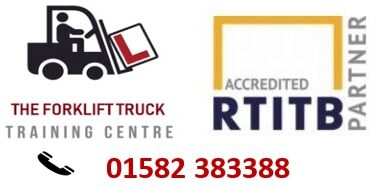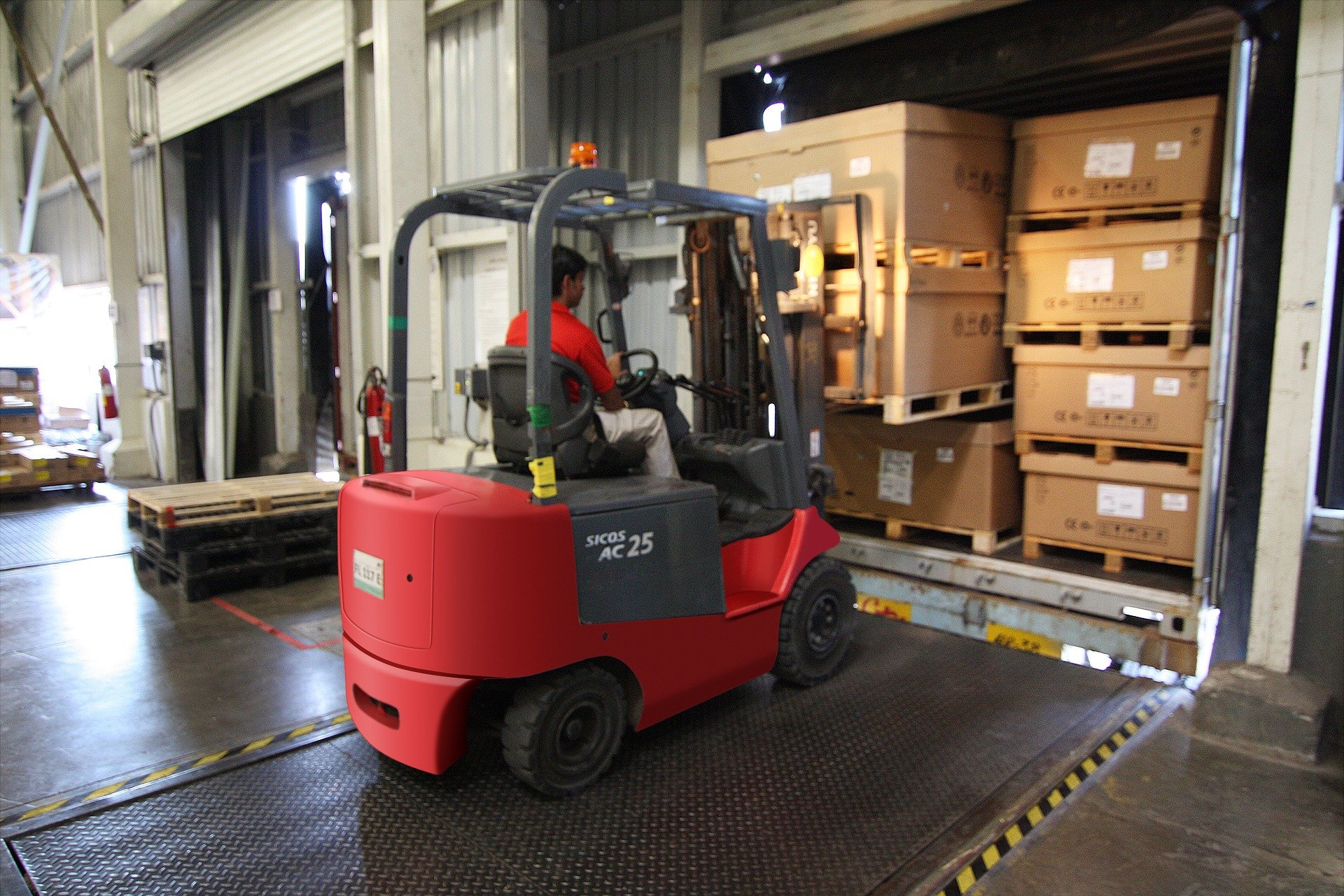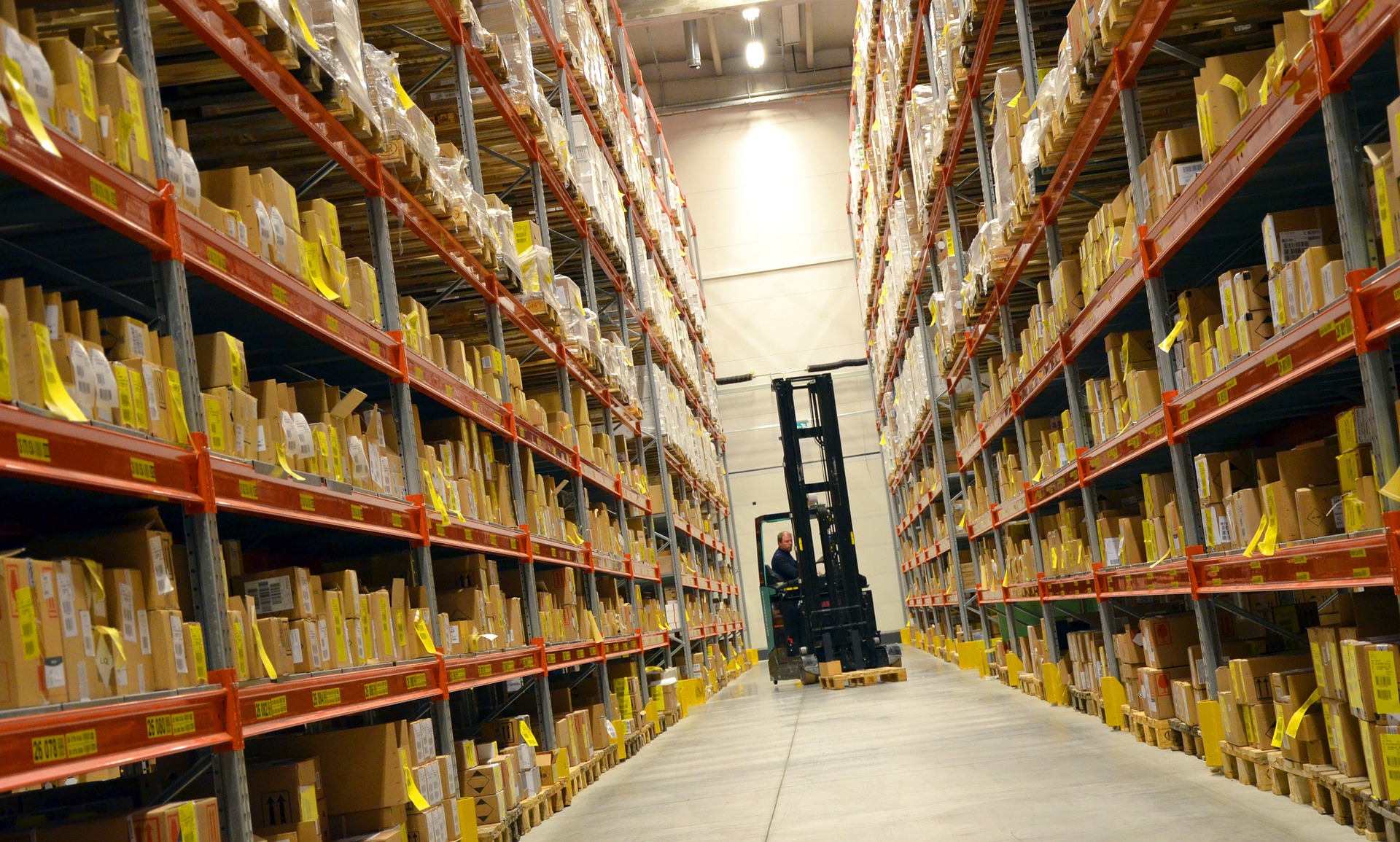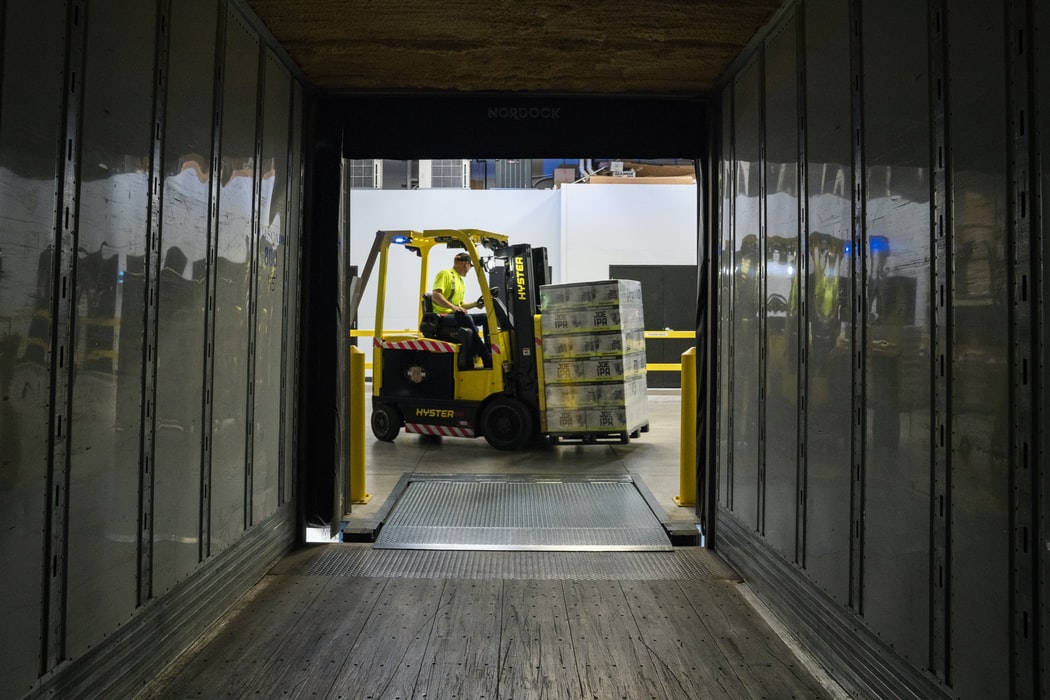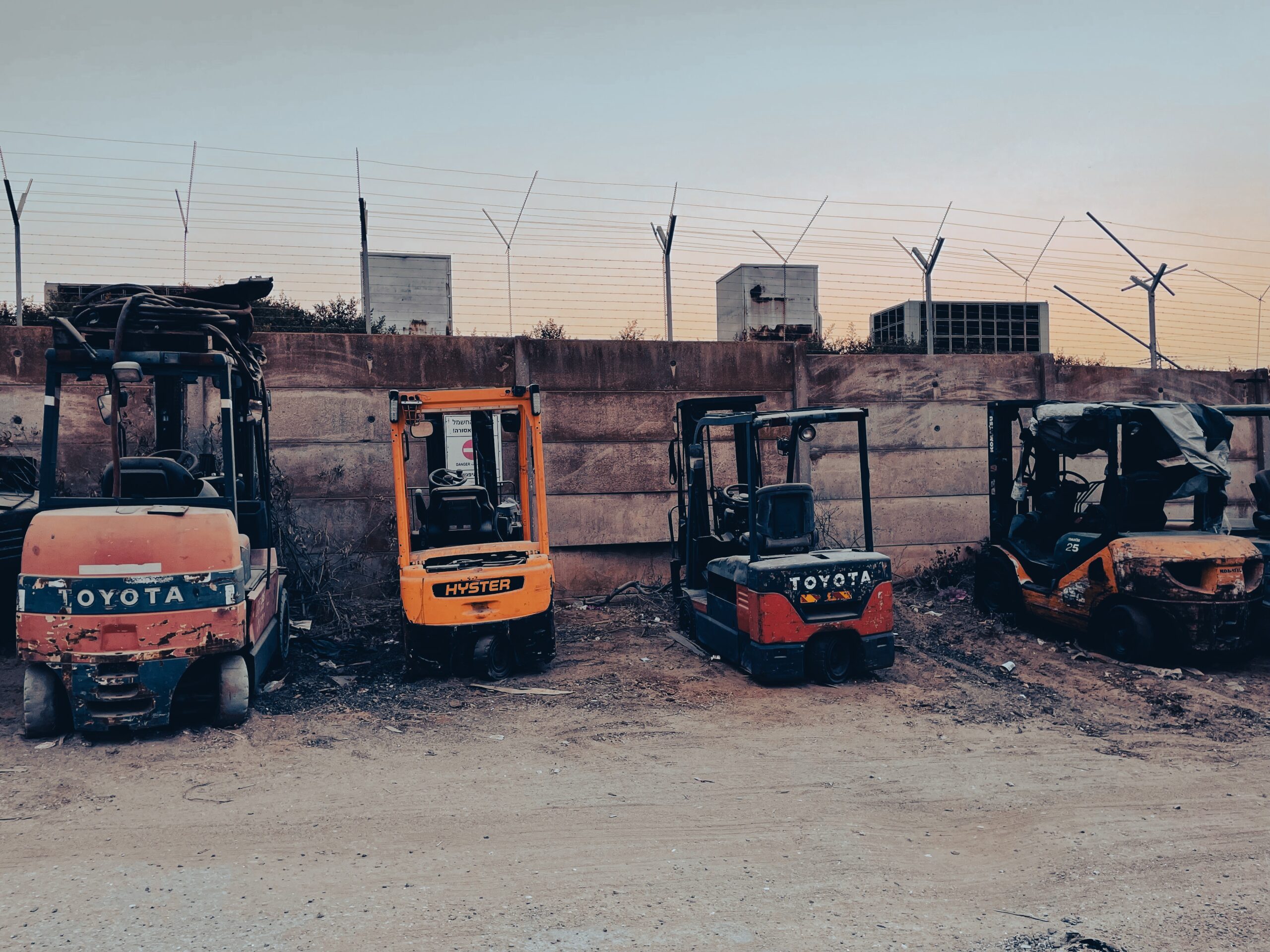We all know the huge benefits of using forklifts in and around the warehouse, including when unloading goods from trucks. But if you’re not paying attention or being diligent, mistakes can happen that are both costly and dangerous. Here’s what to look out for when unloading a truck using your forklift.
Trailer curtain. Before you start make sure the curtain has been pulled back in full to ensure proper access to all pallets.
Straps. Make sure all ratchet straps and harnesses have been fully removed before you attempt to move anything, making sure pallets can move freely.
Back to front. Generally speaking, goods should be unloaded from the back of the truck to the front, unless you are directed otherwise. Tall or double stacked pallets are usually stored at the front where they can be supported by the truck body.
Watch the roof! And the truck sides of course. When you’re unloading tall or wide products knocking into the side of the truck can cause product damage.
For more information about our forklift training services, contact us on 03333 442949 or [email protected]
